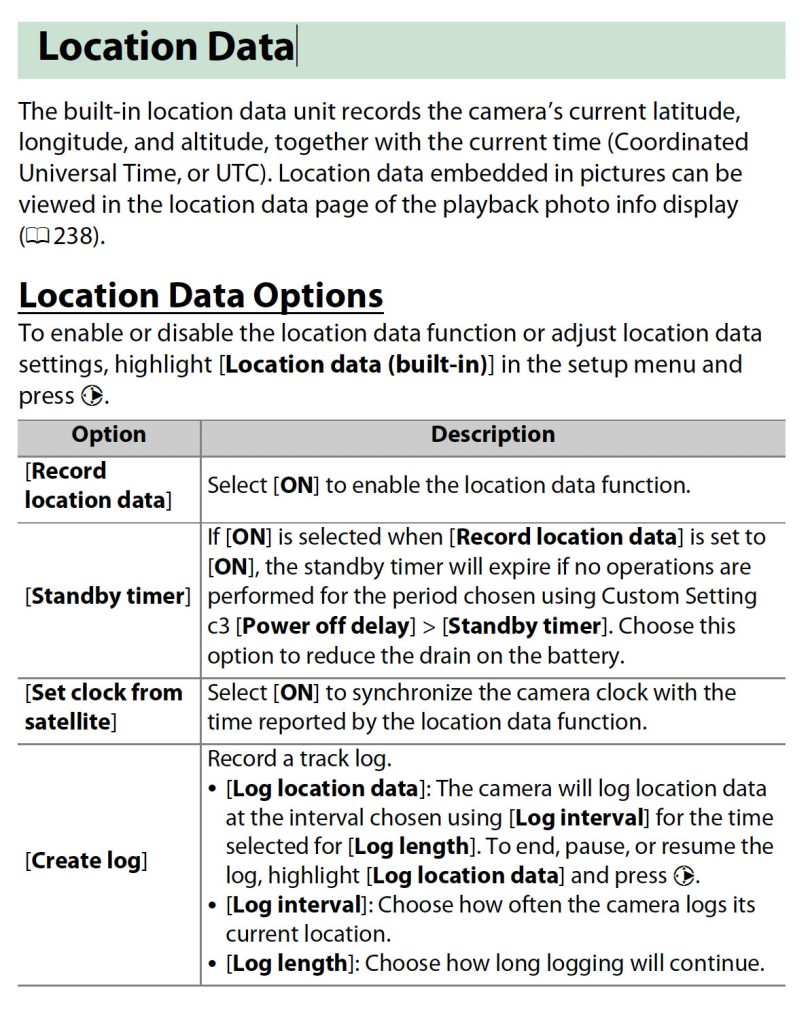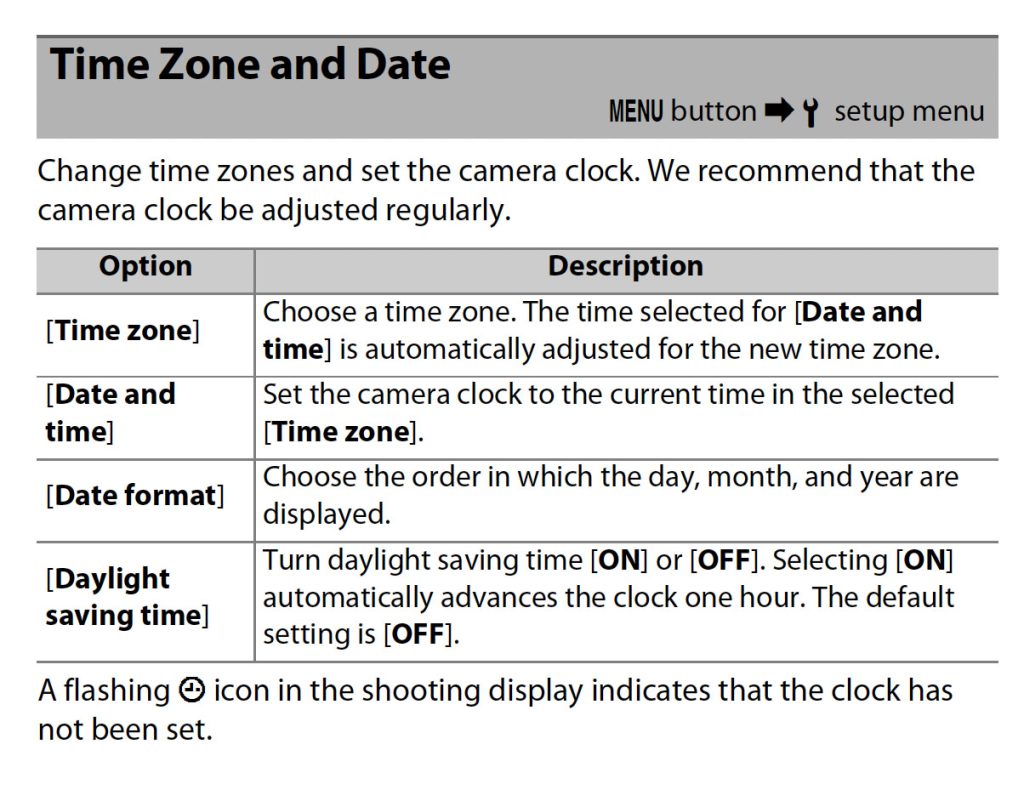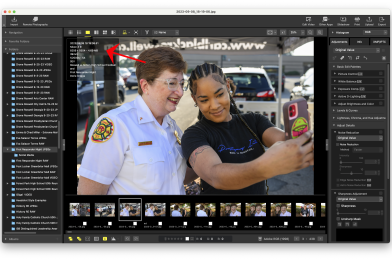In our connected world, smartphones do a remarkable job of keeping time. They sync to the correct time and adjust automatically to the local time zone, thanks to their integration with cellular networks and GPS. However, a bit of manual intervention is still required when it comes to cameras, even high-end models like my Nikon Z9.

The Nikon Z9: GPS-Enabled But Not Fully Automatic
The Nikon Z9 is an incredible technology with a built-in GPS that syncs with Greenwich Mean Time (GMT). This is a fantastic feature for ensuring your camera’s internal clock stays accurate. However, there’s a catch: while the GPS can sync to GMT, it doesn’t automatically adjust for your local time zone. This means you must still go into the settings and manually set the correct time zone.
This extra step is essential, especially for photographers who travel frequently or work across different time zones. Without adjusting the time zone, your images might be stamped with the wrong time, leading to confusion later when organizing your photos.

Setting the Time on Other Cameras
Most cameras, even those without the advanced GPS capabilities of the Nikon Z9, allow you to set the time manually. The process is typically straightforward, but it varies depending on the make and model of your camera. The best way to ensure accuracy is to consult your camera’s manual. If you don’t have the manual on hand, it’s easy to find online—search for your camera brand and model, and you should be able to locate the instructions.
This small step of accurately setting your camera’s time can save you many headaches down the road.
The Benefits of Accurate Time Stamping
Accurate time stamping on your images offers several significant benefits, especially regarding cataloging and teamwork. Here are a few examples:
- Efficient Cataloging: When your images are time-stamped correctly, it becomes much easier to organize them chronologically. This is particularly useful when sorting through thousands of photos from a long shoot or a multi-day event.
- Seamless Collaboration: Having all cameras set simultaneously ensures everyone’s photos are in sync if you’re shooting with a team. This is crucial for events like weddings or sports, where multiple photographers might capture the exact moment from different angles. Consistent time stamps make creating a timeline of events simple without confusion.
- Geo-Tagging Accuracy: For cameras like the Nikon Z9 that include GPS, accurate time settings are essential for precise geo-tagging. This feature can be invaluable for photographers who need to track the exact location of their shots, whether for documentary purposes or location-based projects.
In conclusion, while our phones may make timekeeping effortless, our cameras require more attention. Taking the time to ensure your camera’s clock is accurate—and set to the correct time zone—can make a world of difference in your photography workflow. So, before your next shoot, take a moment to check your camera’s time settings. It’s a simple step that can save you much trouble later on.

